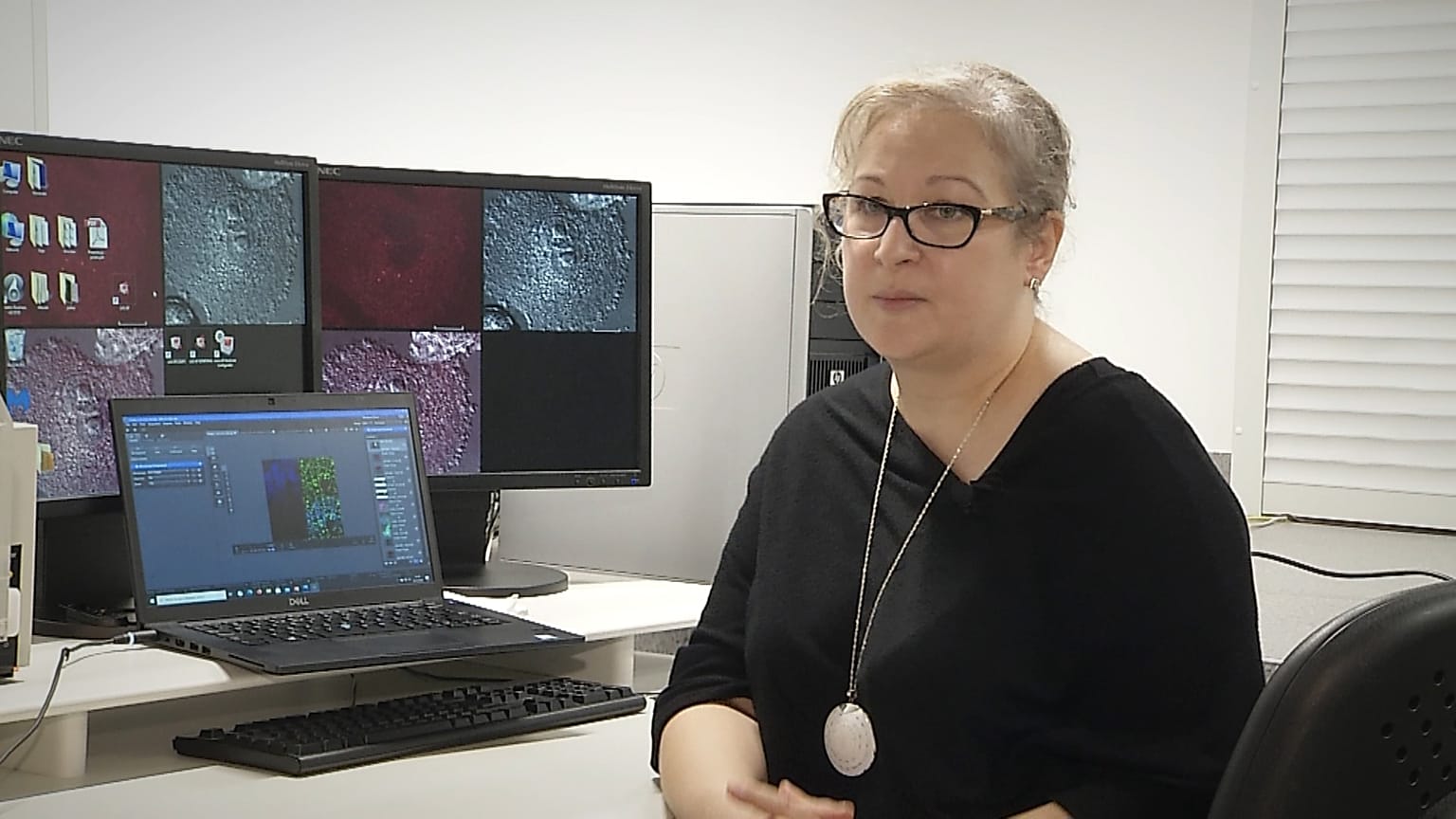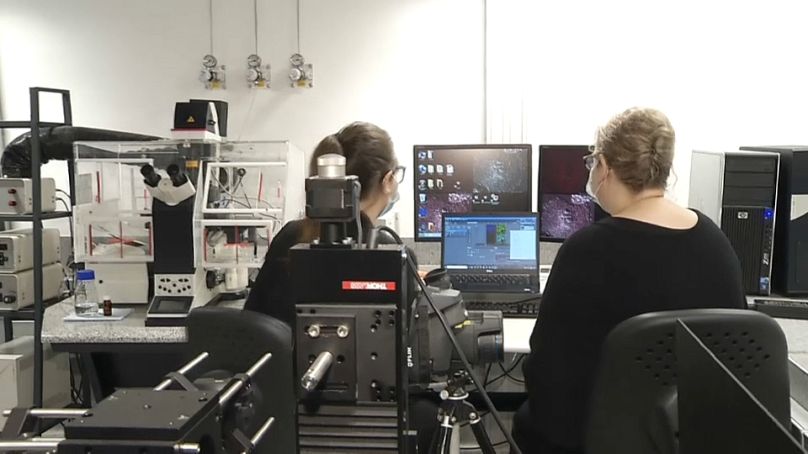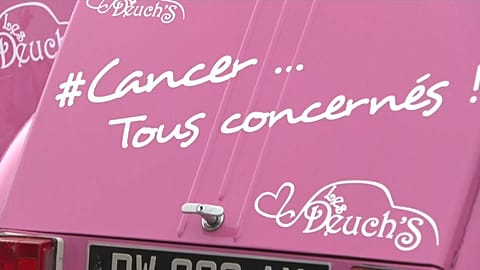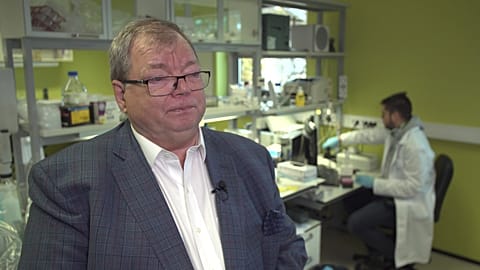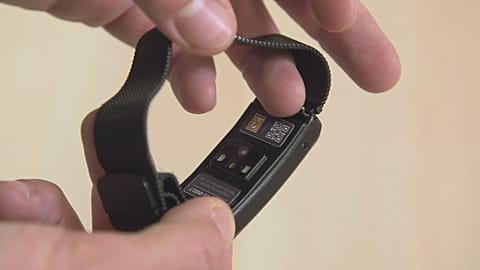How does Nanocargo breast cancer technology differ from current therapies? Euronews speaks to the doctor behind it in Poland to find out.
The new prize-winning Nanocargo breast cancer technology developed in Poland has been widely praised - but how does it differ from current therapies?
In this week's Futuris, we spoke to Dr Joanna Bauer, assistant professor of biomedical engineering at the Wrocław University of Science and Technology, to find out.
"Normally, when we have a patient with breast cancer, the first procedure is usually surgery. This is accompanied by chemotherapy and radiotherapy.
"The difference between this classic approach and our approach is that our approach is absolutely novel, because we direct our nanoparticles directly to the cancer.
"This means that we do not need surgery at all, and these nanoparticles carry the medicine directly into the cancer. But they are also formulated in such a way that they recognise cells in an intelligent way, so they do not attach themselves to healthy cells.
"In addition to the fact that we apply a treatment, we also use light and a magnetic field, and it is this light and magnetic field that together cause us to overheat the cancer cells and thus destroy them, inside, without the need for surgery," she explained.














